Phja Thap incense village is located in Phuc Sen commune, Quang Hoa district, Cao Bang province. It is one of the traditional craft villages with a history of more than 100 years. With its long-standing association, this place has become a typical cultural symbol of the Nung An people - a local ethnic group in Cao Bang province.
Please join Vietnam.vn to visit Phja Thap incense village to learn about the incense making process of the Nung An people through the photo series "Incense making of the Nung An people in Phja Thap" by author Truong Hoai Nam. The photo series was taken by the author at the incense making village in Cao Bang. Phia Thap incense is a product made entirely from natural materials in the limestone mountainous region. The Nung An people use mai trees, also known as "may muoi" in the Tay language, to create incense sticks. The photo series was submitted by the author to the Photo and Video Contest "Happy Vietnam - Happy Vietnam", organized by the Ministry of Information and Communications.
The special feature of Phia Thap incense is that the production process is completely manual without using chemicals. The main ingredient is the leaves of the “bầu hát” tree, collected from the natural forest.
According to the local people, only natural forest trees can bring the most characteristic scent. After being harvested, the leaves of the “bầu Hát” tree are dried, crushed and mixed with sawdust, selected from softwood trees to ensure the best burning scent.
Phja Thap incense making is located in Phuc Sen commune, Quang Hoa district, Cao Bang province. Phja Thap incense is made entirely from natural materials such as tree bark and leaves in the rocky mountainous region of Cao Bang.
First, to make incense sticks, people have to go into the forest to find and collect leaves of the Bau Hat tree. This type of tree only grows naturally on cliffs. This is the raw material to create glue - an indispensable ingredient when making incense. The Bau Hat leaves are brought home to dry for about three days, then crushed to make glue. While waiting for the leaves to dry, people will make the incense sticks.
Next, the Nung An people often make incense sticks from long-branched bamboo or mai tree, which is straight, flexible and easy to catch fire. All the steps of splitting mai and whittling mai are done entirely by hand. The mai sticks are round and straight, no different from those made by machine.
The incense sticks are then dipped in leaf glue and sprinkled with sawdust. The sawdust is selected from cajuput and makha trees, which are harvested by locals a year in advance to ensure the best quality sawdust.
Unlike other incense-making villages in Vietnam, in Phia Thap, the incense sticks are dyed red after they are finished using leaves from the “cham che” tree grown around the house. In particular, drying the incense takes the longest time in the production process. The Nung An people take advantage of every empty space to dry the incense, from the rice fields after harvest to the road and under the stilt house in stone trays. If the weather is favorable, the incense only needs one day to dry, otherwise it can take up to three days. Each incense stick is carefully placed on small trays, arranged in a circle to avoid sticking together.
The incense making profession of the Nung ethnic group has existed for a long time, passed down from ancestors to their children, parents do it and then their children grow up to follow suit. When making this product, the Nung An people worship their ancestors on special occasions such as Tet, the first or fifteenth day of the lunar month. We are very proud to have preserved and conserved the traditional craft village. In addition, the incense making profession not only brings a stable economic source for the Nung people of Phia Thap village but also contributes to preserving a traditional craft of the people.
The incense making profession not only meets market demand but also brings a stable source of income for the people of Phia Thap village. In addition, visitors coming here can also learn how the people preserve the traditional profession, understand more about the beauty imbued with national cultural identity associated with the incense burning custom of the Vietnamese as well as the ethnic communities living in the Non Nuoc Cao Bang region.
In 2024, the Photo and Video Contest "Happy Vietnam - Happy Vietnam" continues to be organized by the Ministry of Information and Communications in coordination with the Vietnam Association of Photographic Artists on the website https://happy.vietnam.vn for all Vietnamese citizens and foreigners aged 15 and over. The contest aims to honor individuals and groups with positive information products, making practical contributions to the propaganda and promotion of beautiful images of Vietnam to the world. Thereby helping people in the country, compatriots abroad and international friends access authentic images of the country, Vietnamese people, Vietnam's achievements in ensuring human rights, towards a happy Vietnam.
Each contest category (photo and video) has the following prizes and prize values:
– 01 Gold Medal: 70,000,000 VND
– 02 Silver Medals: 20,000,000 VND
– 03 Bronze Medals: 10,000,000 VND
– 10 Consolation prizes: 5,000,000 VND
– 01 most voted work: 5,000,000 VND
The winning authors will be invited by the Organizing Committee to attend the announcement ceremony and award prizes and certificates on live television broadcast of Vietnam Television.
Vietnam.vn


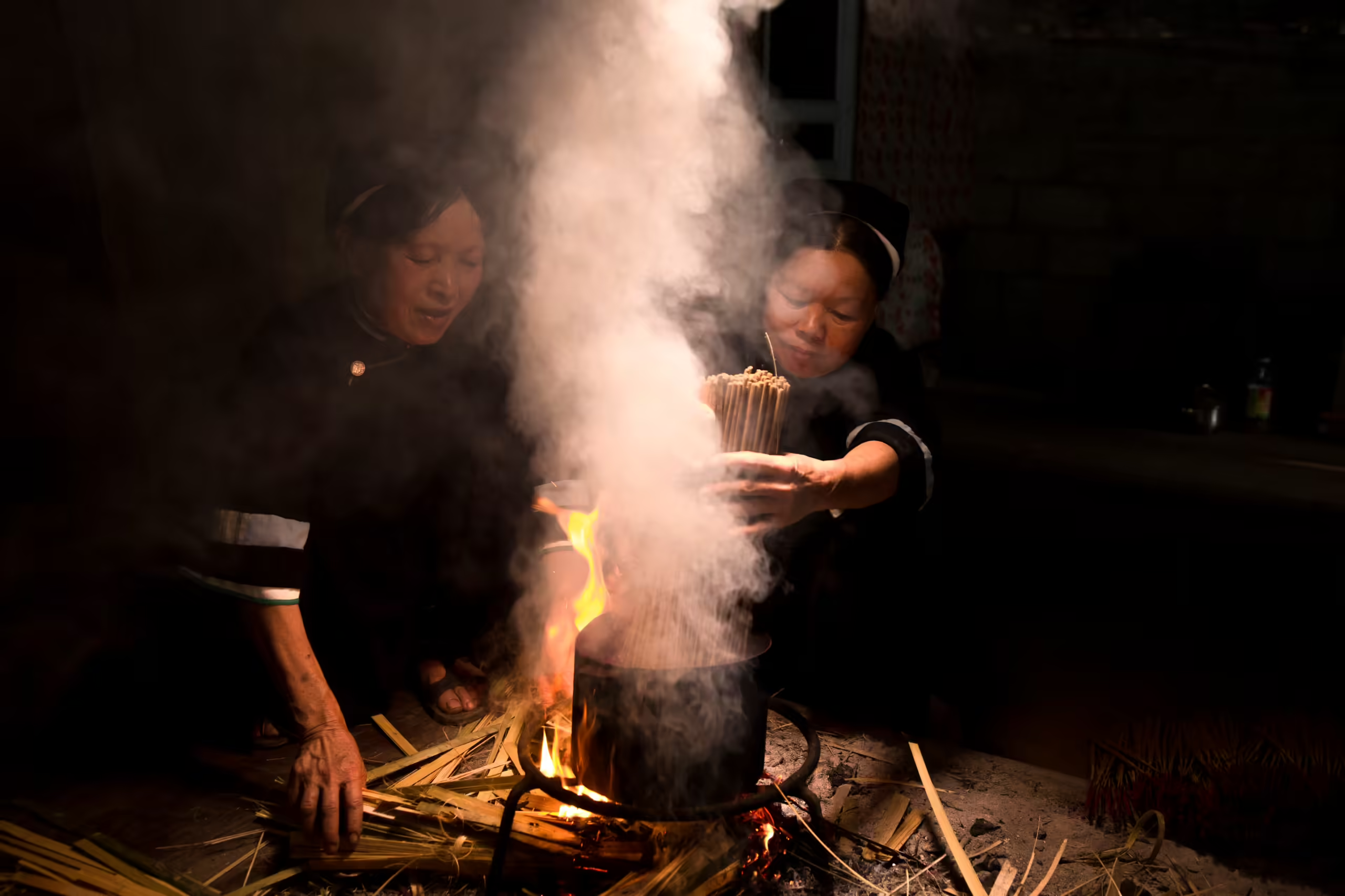
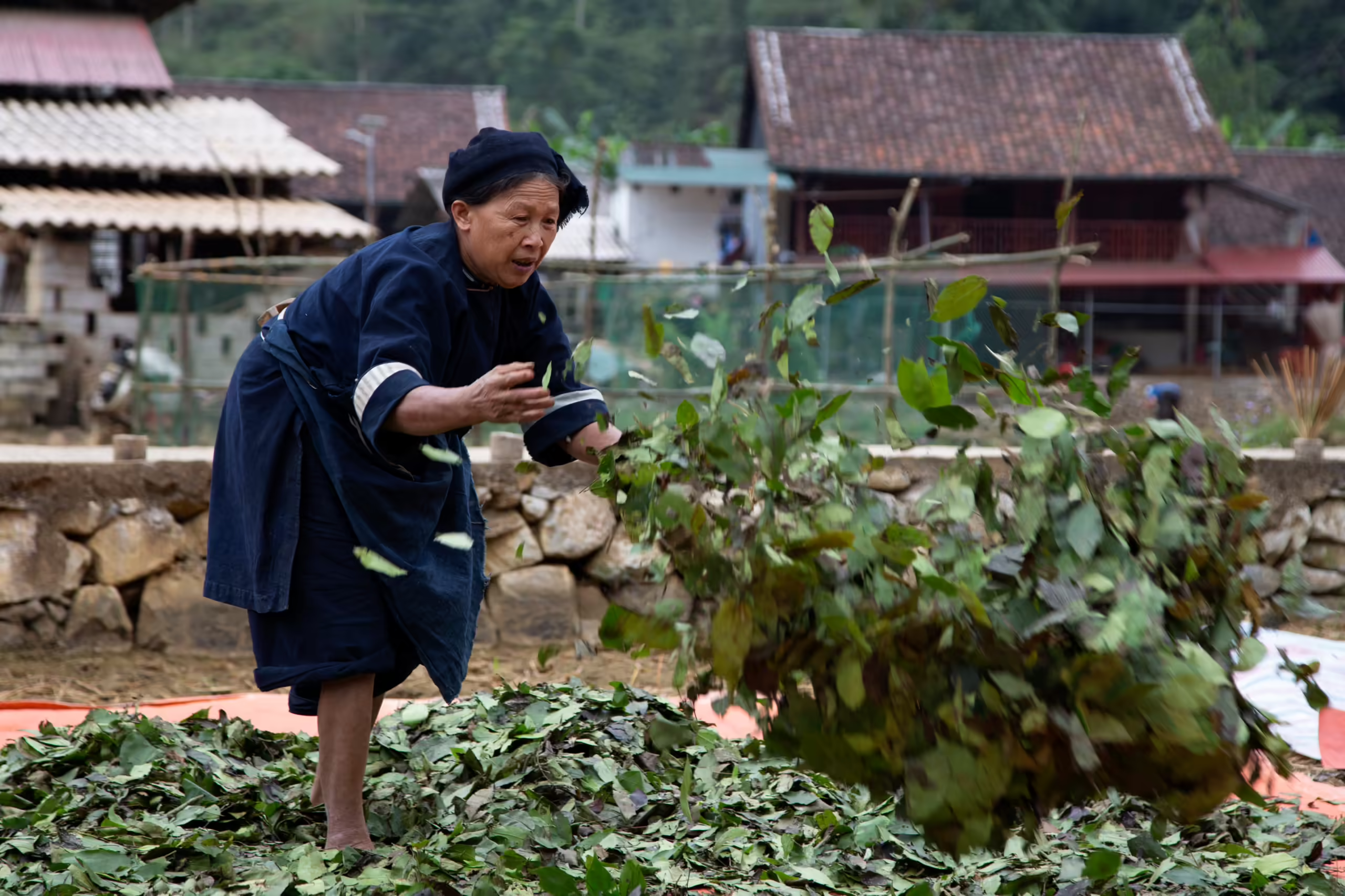
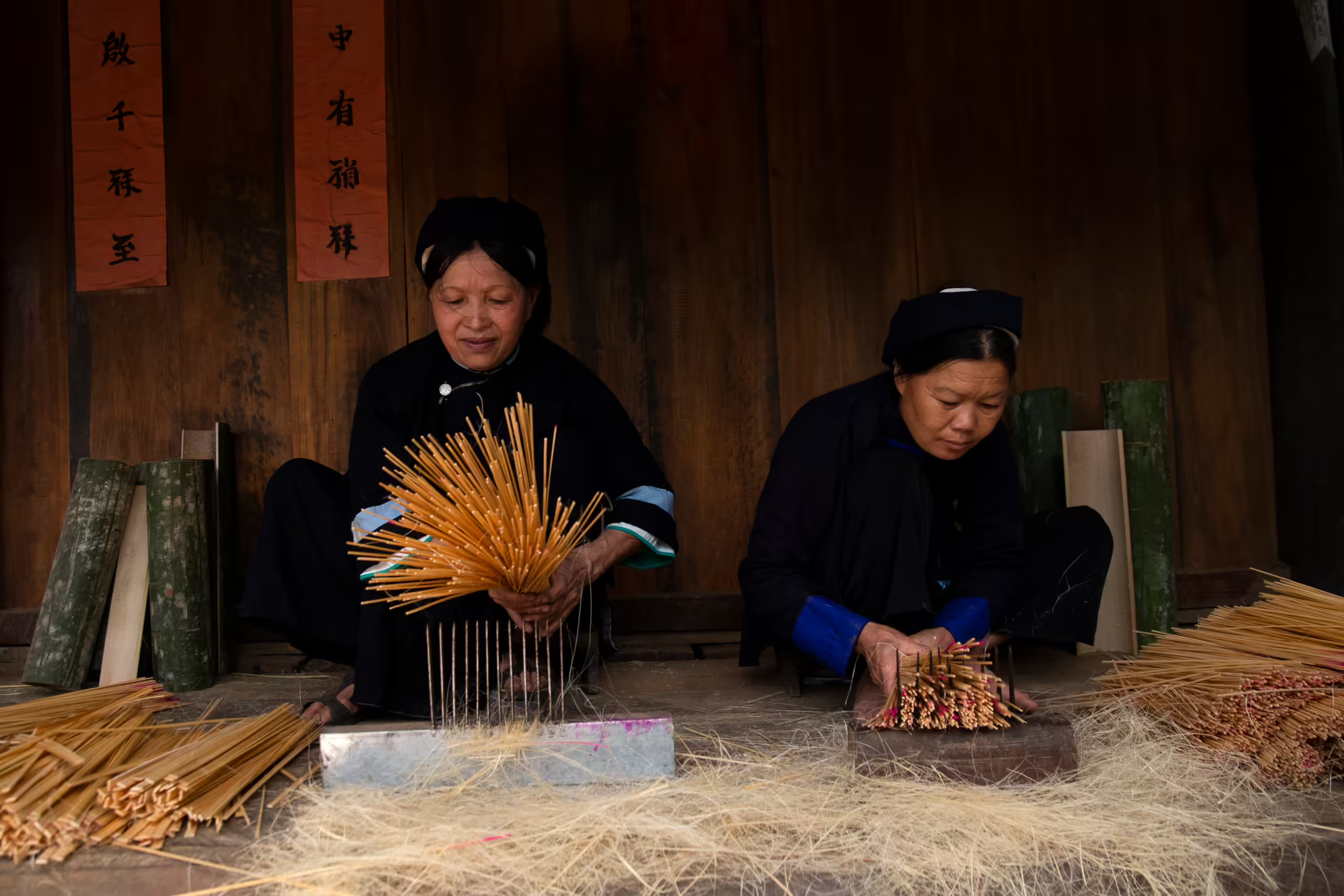
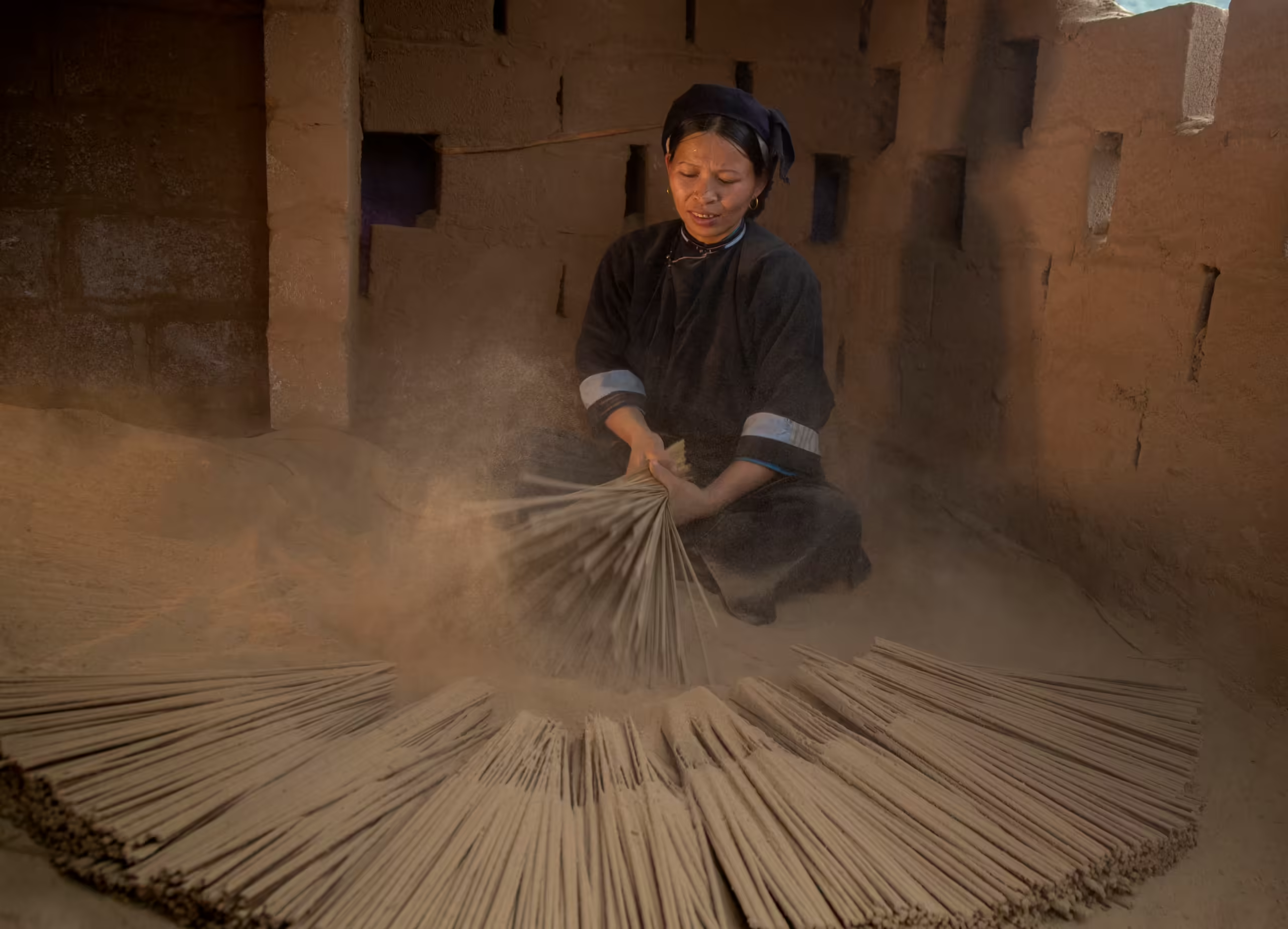
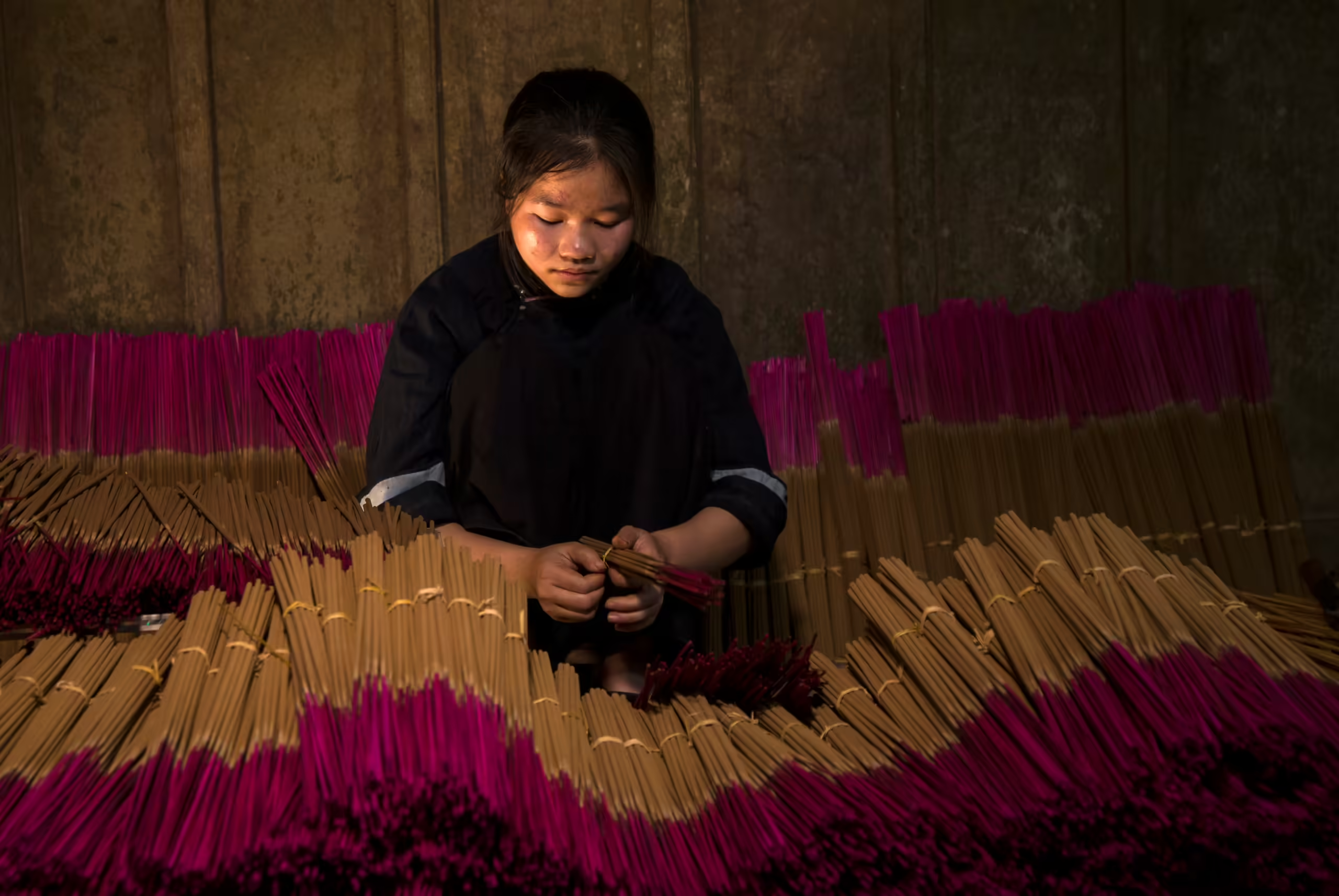
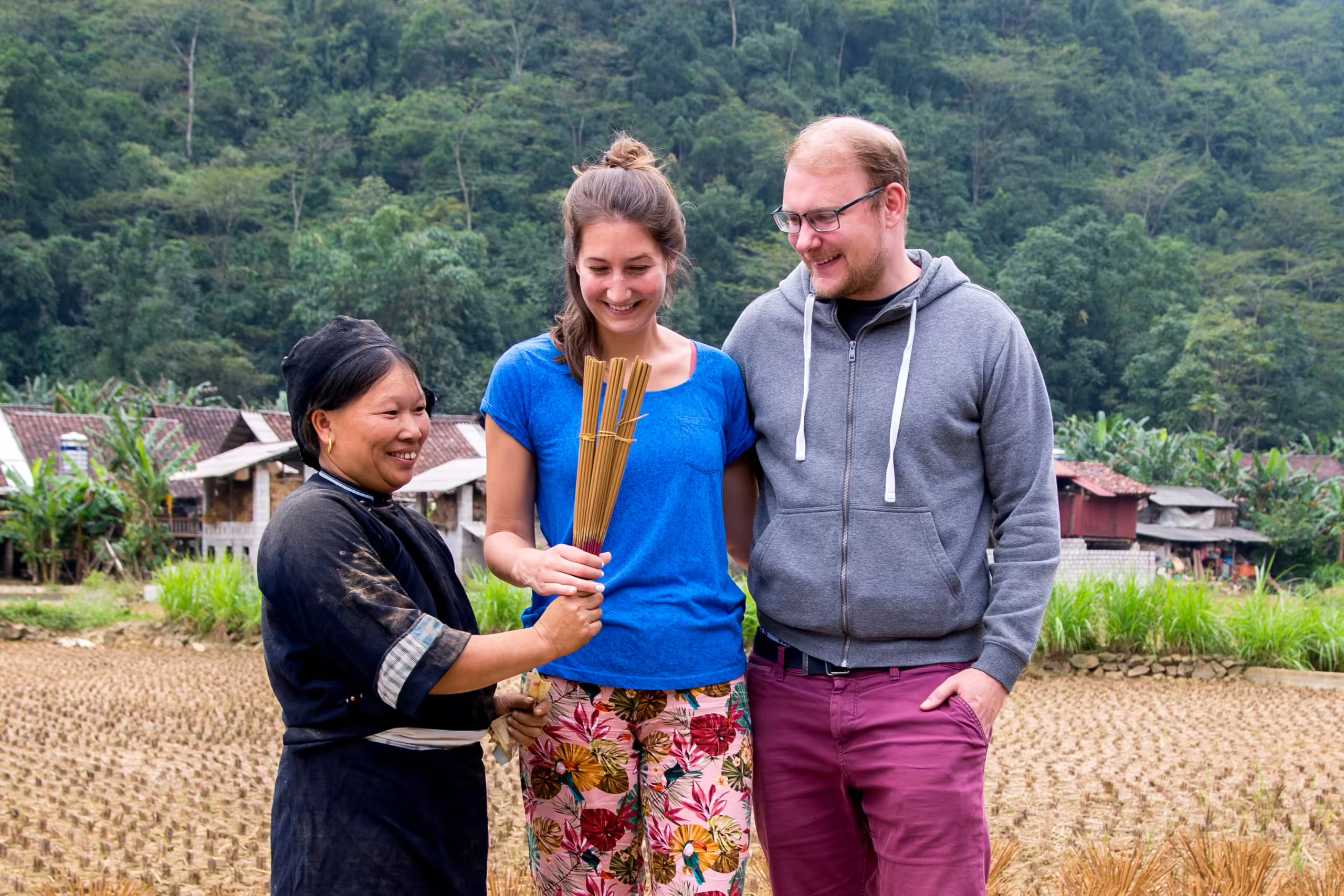

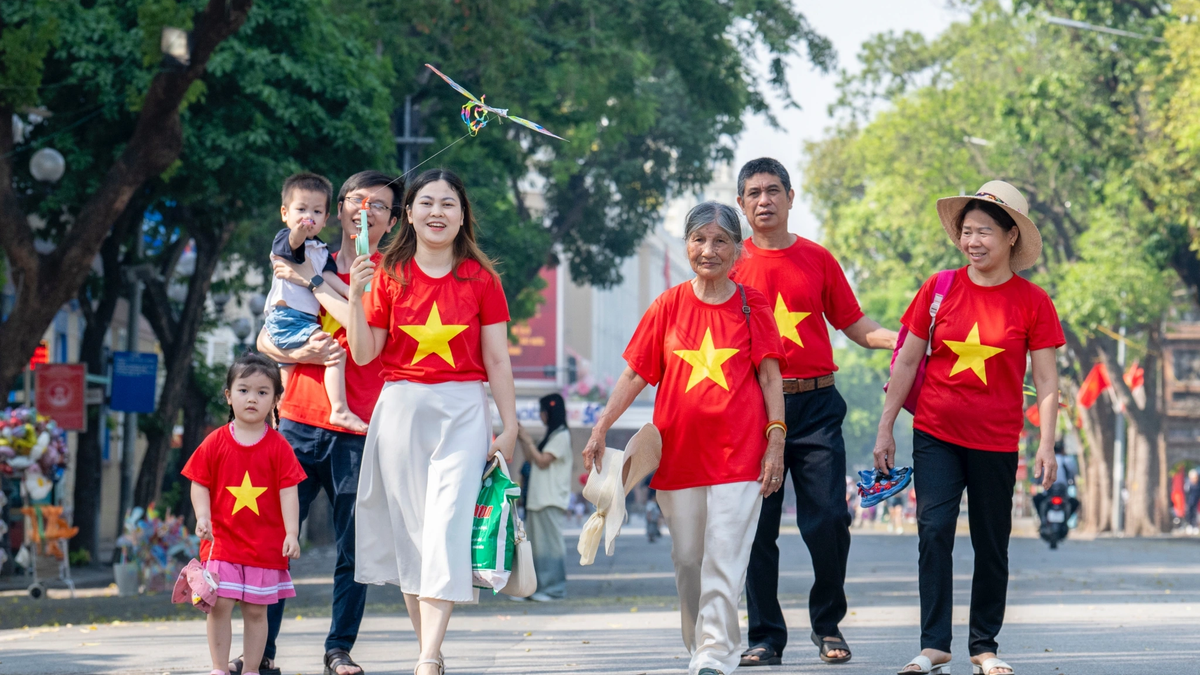


![[Photo] Bustling construction at key national traffic construction sites](https://vphoto.vietnam.vn/thumb/1200x675/vietnam/resource/IMAGE/2025/5/2/a99d56a8d6774aeab19bfccd372dc3e9)

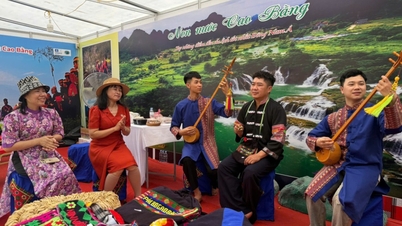
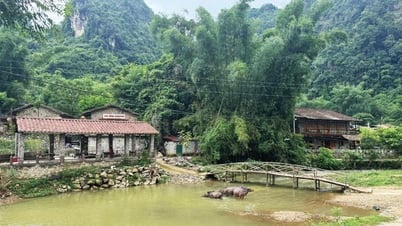
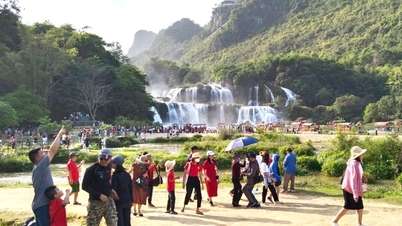
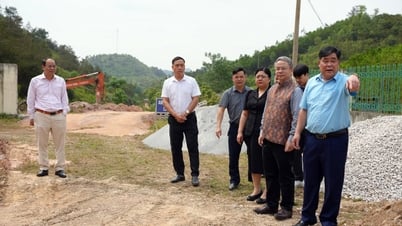
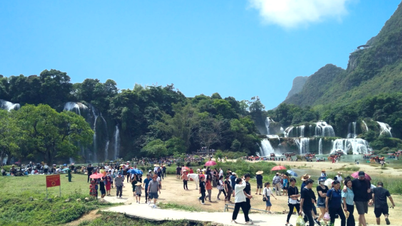



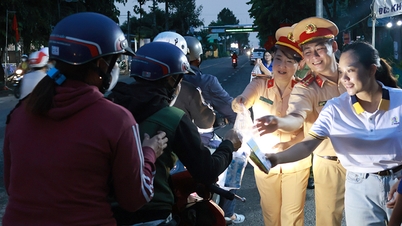
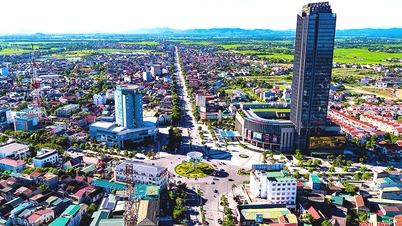


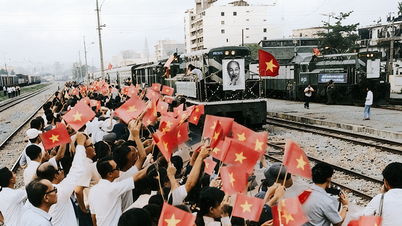





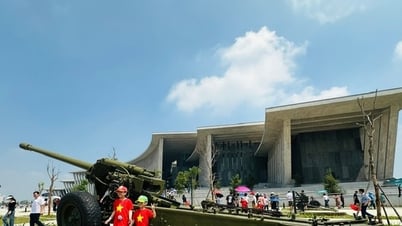
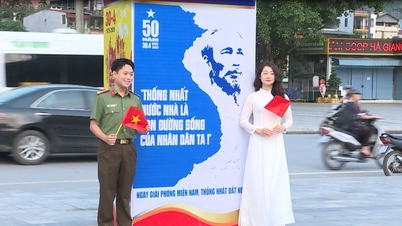
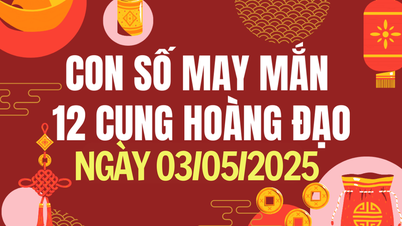
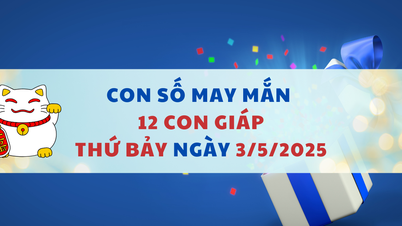
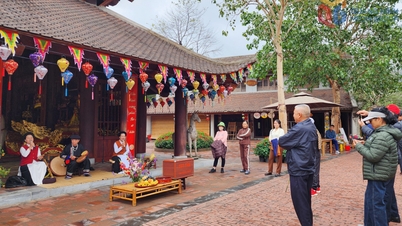
![[Photo] Binh Thuan organizes many special festivals on the occasion of April 30 and May 1](https://vphoto.vietnam.vn/thumb/1200x675/vietnam/resource/IMAGE/2025/5/1/5180af1d979642468ef6a3a9755d8d51)

![[Photo] "Lovely" moments on the 30/4 holiday](https://vphoto.vietnam.vn/thumb/1200x675/vietnam/resource/IMAGE/2025/5/1/26d5d698f36b498287397db9e2f9d16c)
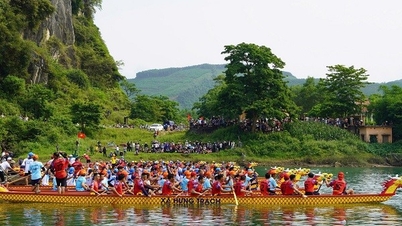





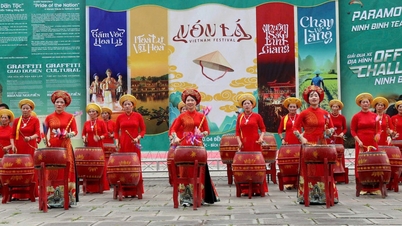

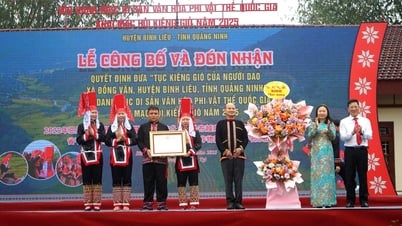



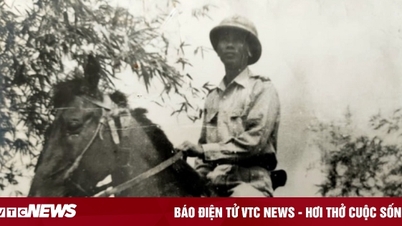

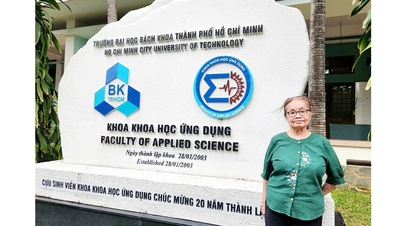

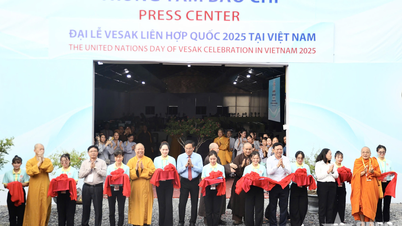

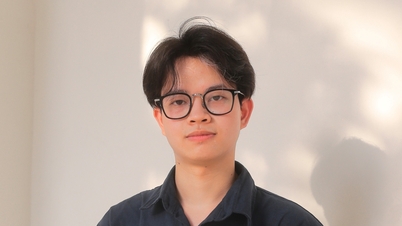











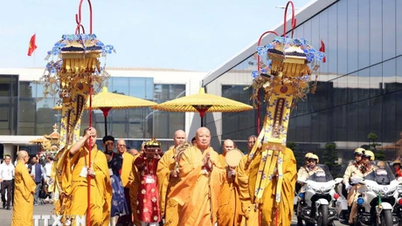


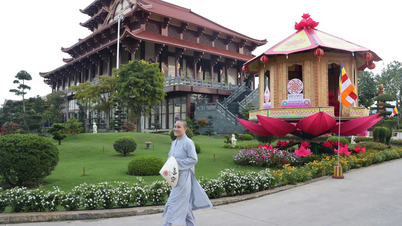

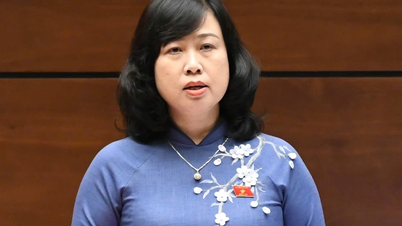

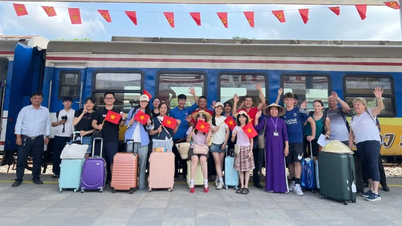












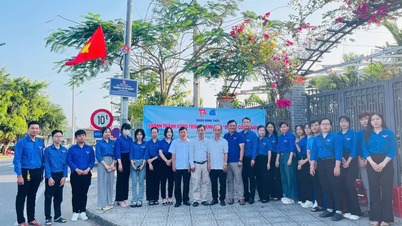

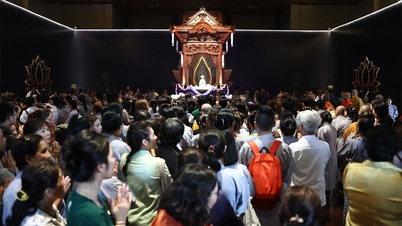

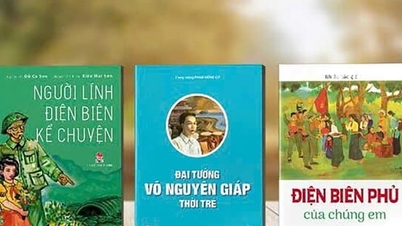

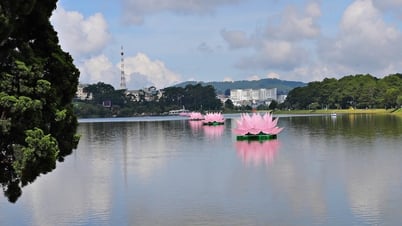






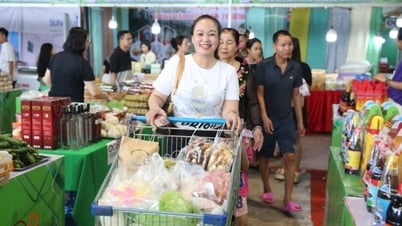
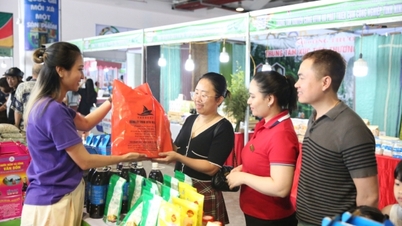
Comment (0)